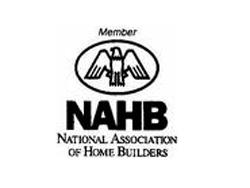Tighter Lending Standards to Slow Housing Recovery
“The consequences of aggressive marketing of exotic mortgages— especially subprime ARMs— during the housing boom came back to roil credit markets over the summer,” said NAHB Chief Economist David Seiders. “With many of these mortgages scheduled to reset to higher rates in the remainder of 2007 and through 2008, additional weakness in housing markets is likely.”
The impact on housing markets will come in two forms, Seiders said. First, tightened lending standards have already reduced the availability of loans overall and raised the price to riskier borrowers. A second effect, with the potential for a vicious cycle of defaults and price declines, will depend on the level of exposure to these loans, the current house price environment, and the strength of the local economy.
“Housing markets in parts of
Many markets around the country that have less subprime exposure have experienced modest and sustainable house price appreciation during the boom, and have relatively strong local economies. These markets are positioned to out-perform the national trends with earlier and stronger recoveries than the more troubled markets, according to NAHB’s forecast.
Clustered mainly in the Southeast,
